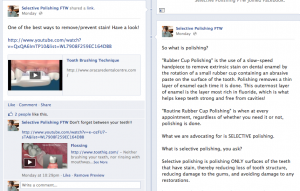“If you can imagine it,
you can achieve it.
If you can dream it,
you can become it.”
From a young age I was told that I had the power to further myself in life, more than mother or my father, or my grandparents, or my great grandparents had. And somewhere in the passing of my life it became an undiscovered goal and desire to be educated, and to help out those in my life that I loved and seen struggle, painfully, throughout their lives all because of “financial crisis”. So at the age of sixteen I got a job as a bakery clerk in an Overwaitea Foods and I worked fulltime during holidays and probably much too many hours during the school year. I knew I was working towards a future, but I didn’t know what that future was, only that I was trying to do something right as I saved incessantly and miraculously achieved high grades.
It was my grade twelve year. I had enrolled in an English Literature class due to a slight interest in poetry and literature history, and the impact of that decision still affects me to this day. My English teacher, named Ms. Milliken (Clair), was a kind, passionate lady and excellent teacher and mentor and it is to her that I attribute my being here at UBC. At first I struggled in her class, but when I went to her for help she pointed me in the right direction and English literature became one of my passions. Somewhere in this time, I’m not so sure when, she also became my friend.
Dreams are often out of reach, out of reality, when you live day by day in a ceaseless pattern. Before I graduated Clair had shown me support, and made me believe in dreams and myself, and this unexpected kindness changed my life. Perhaps this sounds cliché, but the reality of my world had hid my dreams so that I was afraid to aim too high. The year following my graduation, I continued to work, upward of sixty-three hours a week when Overwaitea was undergoing renovations and I somehow managed to save enough to fund the first part of my education. But this wasn’t all I did; I also was busy with applications for student loans, and various universities and colleges around the province. Time passed. But I still was in contact with Clair, and on my birthday she gave me a card. Inside it was a message card with the quote, “If you can imagine it, you can achieve it. If you can dream it, you can become it.”
I now have the quote card propped beside my bedside table. It reminds me that dreams are possible. When I look at it I remember Clair and all my friends, coworkers and family back home who love and support me. It gives me inspiration when I struggle, and it makes me feel grateful to have such amazing people in my life.




